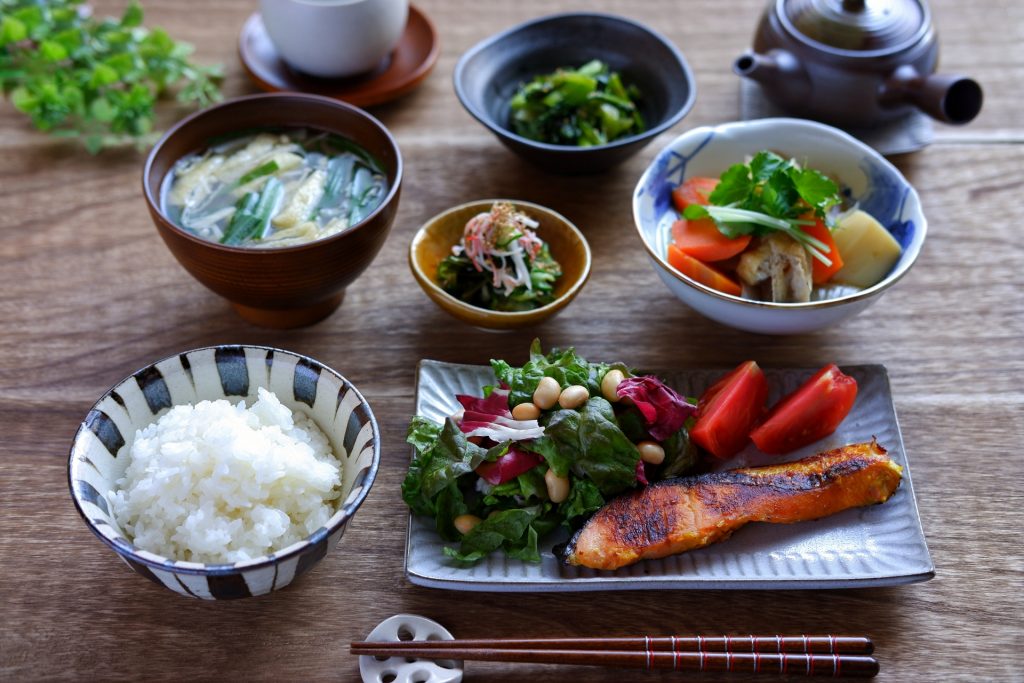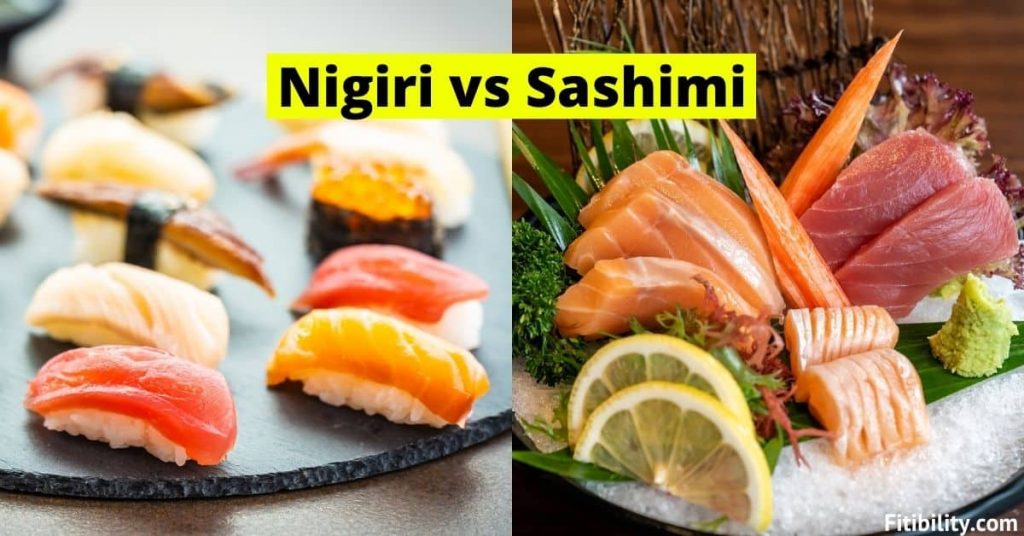The world of food is full of umami, commonly referred to as the fifth flavour. These items hit you with an intense savoury, meaty flavour, including tomatoes, mushrooms, parmesan cheese, cured meats, gravy, and more. Just picturing these delicacies can have your mouth watering already. Although it is common throughout many cultures, Japanese cuisine gives it a distinct place. After all, “umami” (), which means “sweet flavour,” is a Japanese term. Let’s examine how umami connects to Japanese cuisine despite the fact that there has already been a lot of studies explaining and praising it.
Describe umami
So, the first four tastes—sweet, sour, salty, and bitter—are universally recognised. Perhaps the most challenging flavour to describe is umami. Some vegetables, animal meats, and non-meat products all have what is frequently described as a strong, meaty, or brothy flavour. You may have observed that it induces mouthwatering and lingers in the back of your throat. On its own, umami is difficult to taste, but tomatoes can give you a hint. While there is umami in fresh tomatoes, there is four times as much in dried tomatoes. The water content of tomatoes and other vegetables is removed during drying, which concentrates the taste molecules. To wet and chew it after taking a bite, you need a lot of saliva. The delectable flavour is then dispersed throughout your mouth by the saliva, and as you continue to chew, you’ll taste this lingering flavour. Umami is this.
Why is flavour significant?
What’s the big deal about the five flavours, then?
Food is more enticing and delicious when it has flavours. More significantly, it acts as a primitive cue for food safety. In order to survive, both humans and animals have relied on this sensory information to discern between safe and harmful diets. The five fundamental flavours that our tongues can detect are listed here. When something is sweet, it contains carbs, which provide you energy. It supports the energy needs of your kidneys, heart, brain, and central nervous system. The presence of sourness suggests that the food may be degrading biologically. It is not harmful and is edible when it is fermenting, but it could become poisonous when it is decomposing. Bitterness is a sign that something can be poisonous or underripe. But other foods, including bittermelon, spinach, and collard greens, may be made to taste good by blanching or salting them. Saltiness indicates the presence of vital minerals and nutrients. Blood fluid equilibrium is achieved by salt, which is also essential for neuron and muscle health. Deer and other species look for salt licks to enhance their diets as herbivores. Protein and amino acids, which aid in cell growth and repair, are recognised by umami. Amino acids, which make up proteins, are used by the body as a fuel source and to build bone and muscle.
Different Natural Umami Substances
Let’s break down the various sorts of umami to better comprehend it. The four substances glutamate, inosinate, guanylate, and succinate are all naturally occurring. Meat and veggies both contain glutamate. Ripe tomatoes, onions, kombu seaweed, green tea, and mushrooms are a few examples. We can taste and seek umami even while we are still in the womb since it is rich in both breast milk and amniotic fluid.
Cooking to Increase Umami
Animal meats and plants can contain umami, however it might be faint and difficult to taste. However, the act of cooking can make it bigger. These techniques include salting, marinating, ageing, drying, boiling, steaming, smoking, and slow cooking. Consider umami-rich foods like prosciutto, kimchi, sauerkraut, doubanjiang, and bone broths. The umami in these foods is enhanced and concentrated by these techniques.
Aging and Umami: A Relationship
Cooking can boost the umami in food, as was already indicated. Let’s examine the connection between meat ageing and umami. Before ingestion, fish and meat are aged to improve flavour and softness. For instance, before serving, beef and tuna are aged. Protein is the key ingredient, and the protein itself has no unique flavour. Try to describe the flavour of high-protein foods like tofu, chicken tenders, or egg whites. On their own, these meals are fairly moderate and tasteless.Amino acid chains, which make up proteins, have distinct tastes. The most major percentage of amino acids is glutamate. Meat needs age for the protein to degrade and the amino acid chain to disintegrate in order to taste it. Glutamate is then multiplied as a result. Similar to this, other foods like prosciutto, cheese, miso, and soy sauce also age or ferment in similar way. For instance, after being slaughtered, the beef we purchase at the grocery goes through “wet ageing.” A block or cut of beef is vacuum-sealed, then aged for 20–25 days at 0C/32F. This process is known as wet ageing. As the enzymes in the muscle break down the fibrous toughness, this process aids in the tenderization of the meat.
As a result, after the meat has aged, we can taste that meaty umami flavour.
The Umami Exploration
Throughout the history of human civilisation, we have learned how to flavour food to make it more pleasant. Greek philosophers conceptualised the four basic tastes—sweet, salty, sour, and bitter—around 3,000 years ago. For ages, salt, vinegar, and sugar have been considered commodities, and people have even gone to war to obtain them. However, the identification of umami as the fifth flavour dates back only about 110 years.
The savoury flavour of kombu dashi stood out from the other flavours, according to the Japanese scientist Dr. Kikunae Ikeda. Through his investigation, he discovered significant levels of the flavouring agent glutamate in kombu. After isolating this substance, he gave it the Japanese word umami, which comes from umai, which means “deliciousness.” He didn’t, however, stop there. To make this material simple to use in cooking, he combined it with sodium and made it in large quantities. Monosodium glutamate was used (MSG). One of the most well-known MSG brands, Ajinomoto (“essence of flavour”), was founded by him as well. Other Japanese researchers deepened the work after Dr. Ikeda. Inosinate was first found in katsuobushi by professor Shintaro Kodama in 1913. Dr. Akira Kuninaka identified guanylate as the umami in dried shiitake in 1957. He also discovered umami’s beneficial synergy (more below).
MSG and umami
However, Dr. Ikeda’s discovery was met with scepticism by the western scientific community. Furthermore, the fact that Dr. Ikeda wrote all of his scientific articles in Japanese without translating them into any other languages didn’t help. After his discovery, the western scientific community took a long time to acknowledge umami as a fundamental taste. Additionally, MSG was believed to be the same thing as it. The “Chinese Restaurant Syndrome” harmed umami’s reputation even more. This is a trend where people accuse Chinese restaurants of putting MSG in their food because they claim it causes weakness, discomfort in the body, and heart palpitations. Although some people assert that they are sensitive to MSG, there is little clinical evidence to support these claims. But since the 1950s, food businesses have been putting MSG in processed meals. Snacks, canned goods, sauces, soups, and prepared cuisine are all included. It is present in seasonings like Maggi Seasoning, Ac’cent, and bouillon cubes. To avoid the reactions of customers, MSG can be euphemistically labelled as hydrolyzed protein, yeast extract, glutamate, or soy extract. Although some food businesses use these words for MSG, the use of these phrases in the food sector is common.
Umami and its relationship to Japanese cuisine
So what does umami have to do with Japanese food?
First off, rich foods like dairy, animal products, and high-calorie sauces are not used in Japanese cuisine. Instead, it draws on dashi, a soup stock used in many Japanese foods, as its umami source.





